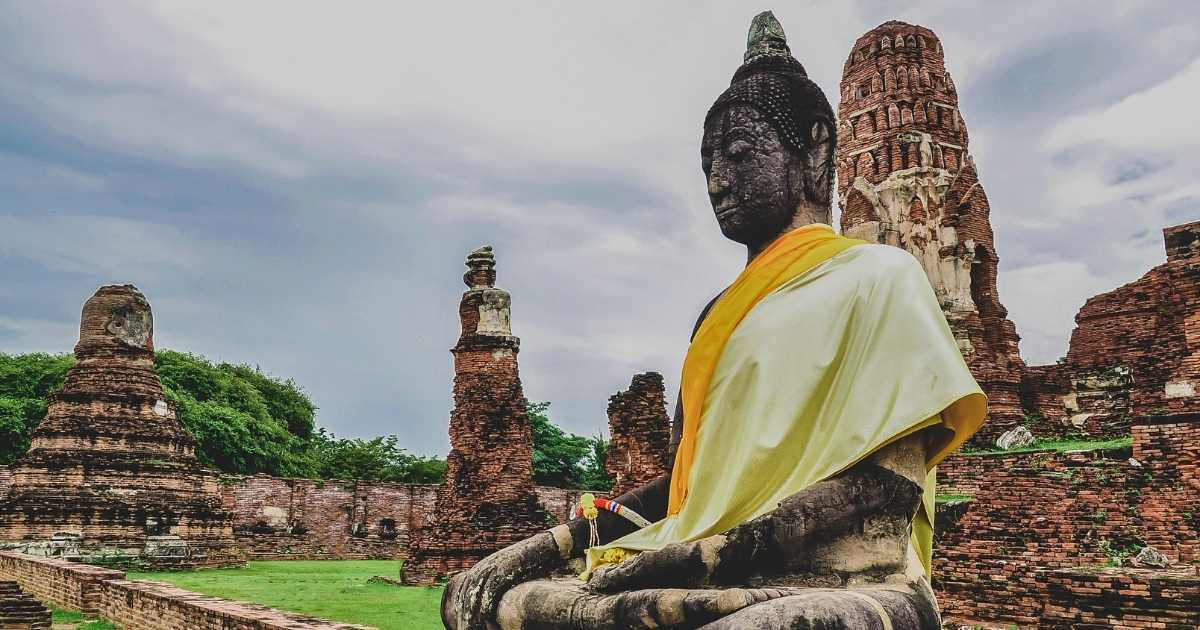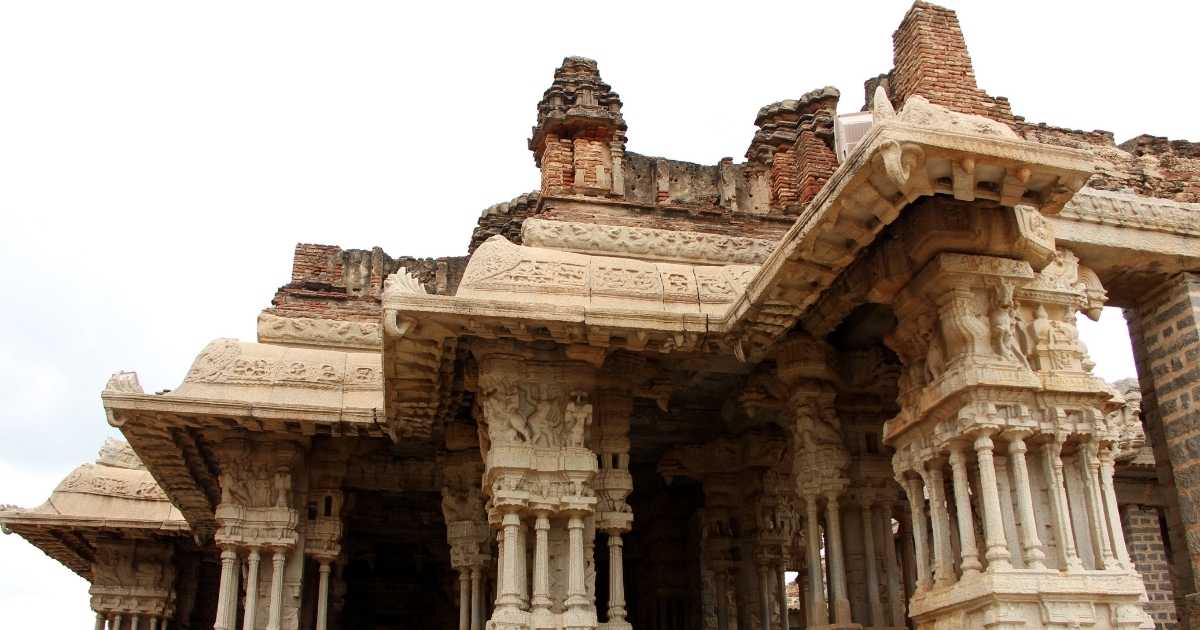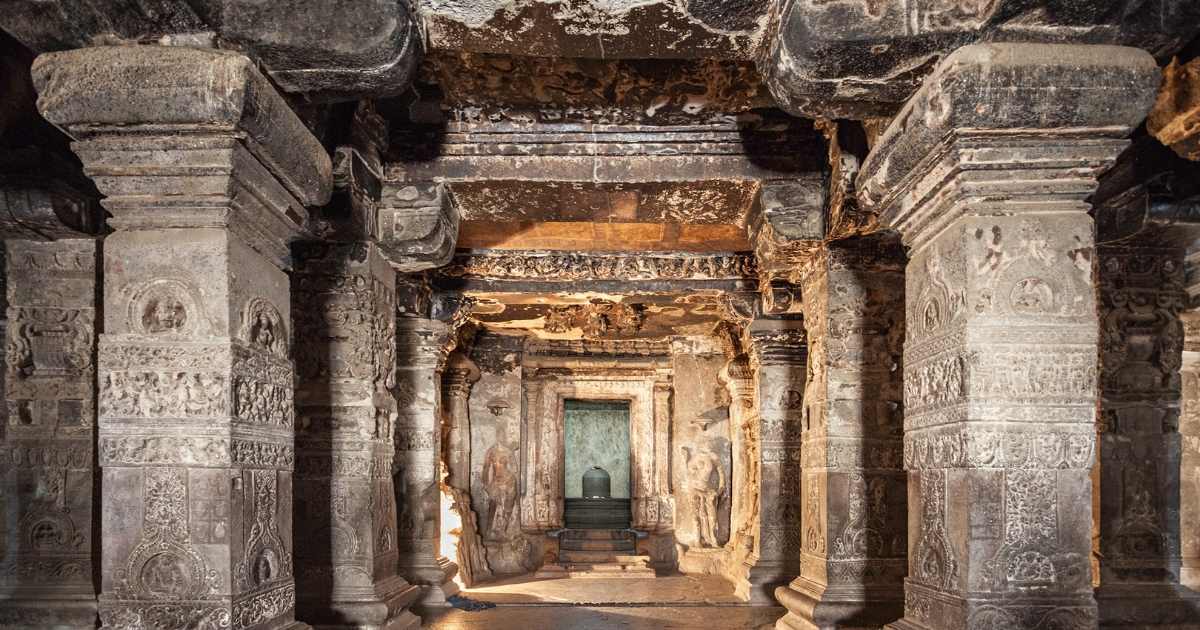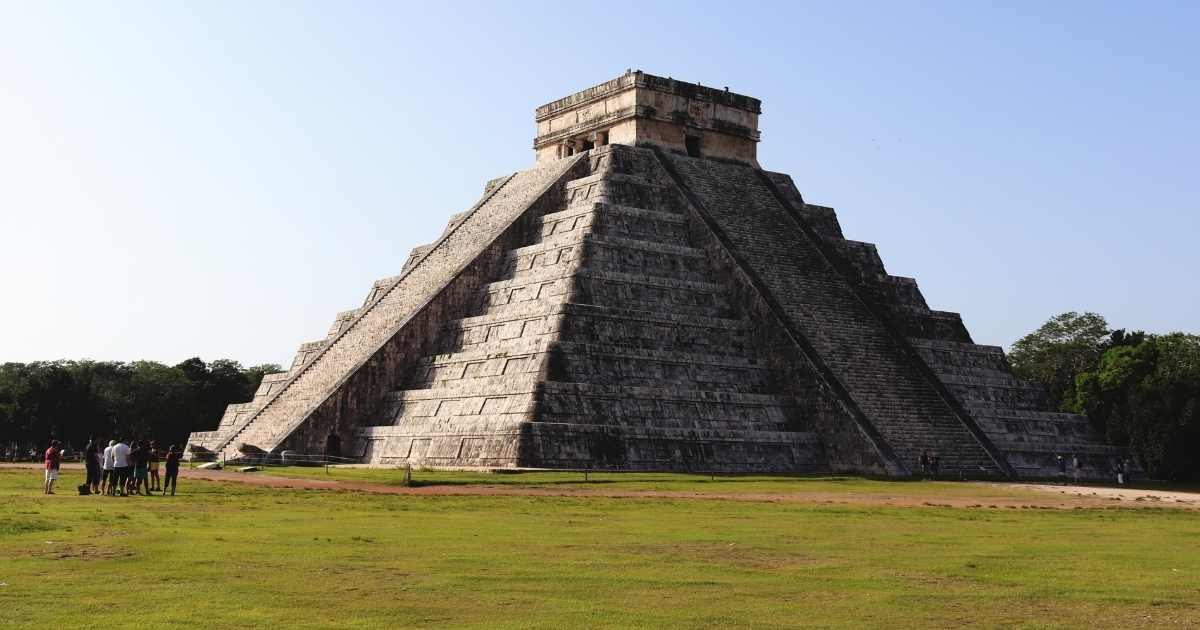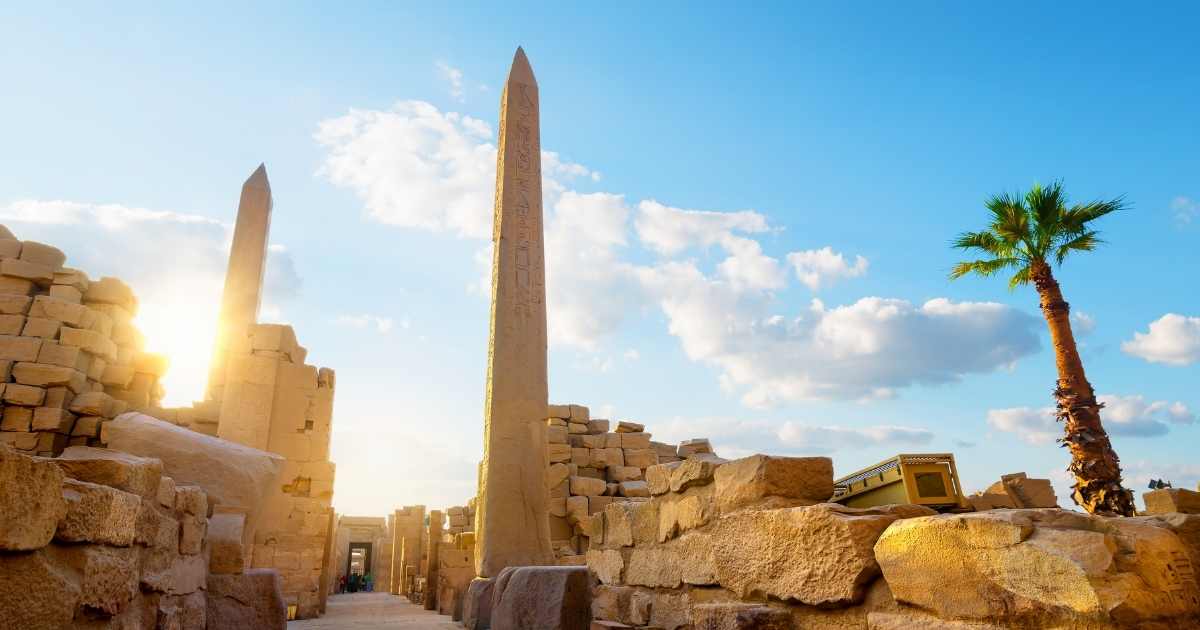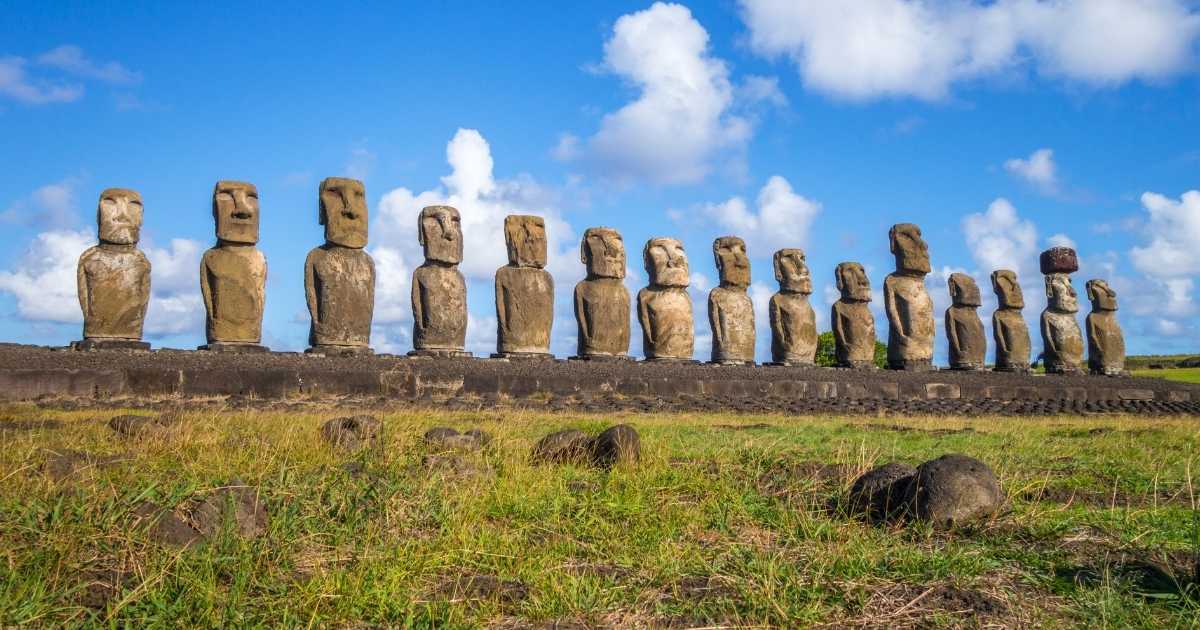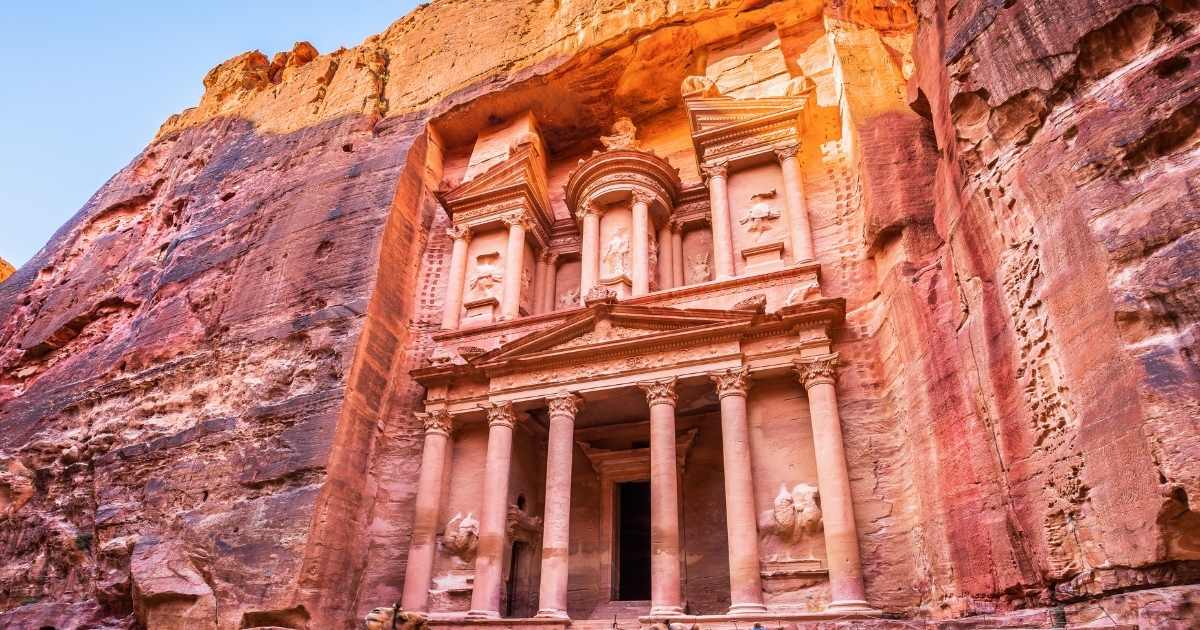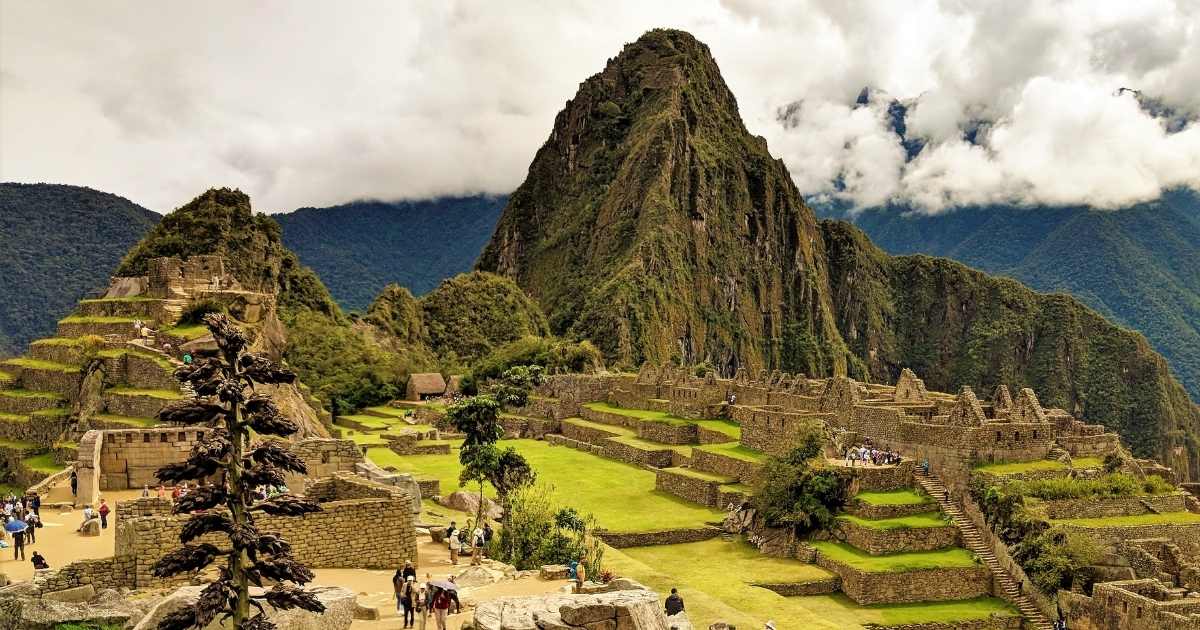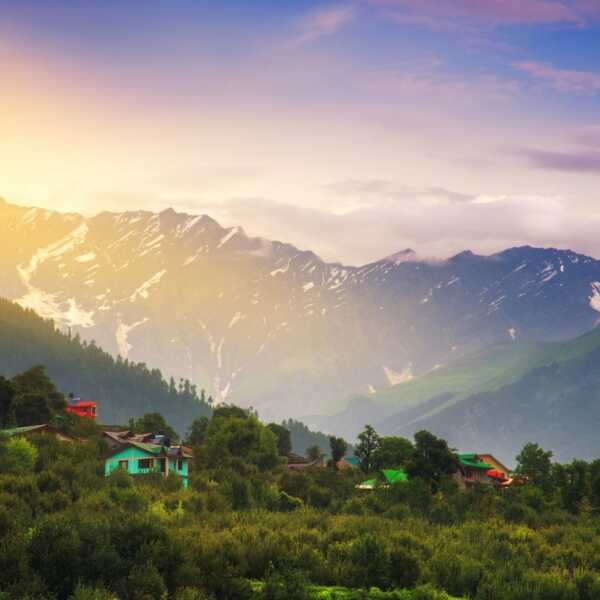There is a tonne of fascinating historic ruins around the world, from cities in disrepair to temples that have endured the test of time. Numerous of these prehistoric communities were very inventive and progressive. Just look at their precise city planning and amazing engineering achievements, some of which we still couldn’t completely comprehend.
And although there is a tonne we can learn from these ancient people, what we don’t know is maybe the most fascinating aspect. Even the most curious person’s mind will be left in a state of utter confusion by some of the most fascinating ancient ruins.
-
Ayuthaya
Ayutthaya is a historical city that was first established as a Khmer military and commerce centre about the year 1350. It didn’t take long for this booming trading port to become Thailand’s first capital. Up until the time of the Burmese invasion, it retained this title for four centuries.
The majority of the city’s temples and artefacts were destroyed because so many of them were made of wood. Only about 50 stone monuments and temples that were destroyed by fire are still standing. It has been a common day trip from Bangkok to explore the Siamese, Sri Lankan, and Khmer architecture of Ayutthaya since repairs began in the 1970s.
2 Sigiriya
In Sri Lanka, Sigiriya is a historic castle that has been built into a 200-meter steep rock face not far from the town of Dambulla. The magnificent ruins of an ancient civilisation, supposed to be the capital of the kingdom of Kassapa, are located atop what is today known as Lion Rock.
At its prime, it had a fortress, an upper palace, a mirror wall covered in gorgeous, vivid murals, and a lion-shaped entryway. The capital was abandoned after the king’s death and served as a Buddhist monastery up until the 14th century.
The vistas of the water features, ramparts, terraced gardens, and cave shrines will make the effort worthwhile, even though the walk to the top of Sigiriya is definitely not for the faint of heart.
-
Hampi
Hampi was among the wealthiest cities in India and was the second-largest mediaeval city after Beijing. Temples and imperial palaces formerly adorned this once-thriving hub of the Karnata Empire, but today all that is left are its dilapidated remains. The old capital was established in the 14th century by two lords as a straightforward riverside religious site.
Highlights include the main temple with its strange-looking sea monster carvings, the House of Victory, the Vitthala Temple with its stone chariot and musical pillars, and the temple that functioned as the royal family’s private place of worship.
-
Ephesus
The ancient city of Ephesus is located in western Turkey and is one of the most spectacular Greek and Roman ruins on Earth. It previously housed the well-known Temple of Artemis, which dates back more than 2,000 years.
But the level of immersion that these ruins provide is what really sets them apart. In contrast to many other archaeological sites that are protected, you are allowed to touch, stand on, and stroll through the entire city. A number of historic public restrooms, the Library of Celsus, the Bath of Varius, Hadrian’s Temple, and the Prytaneion highlights.
-
Ellora Caves
The Ellora Caverns are a collection of carved-out caves, monasteries, chapels, and temples in a basalt rock. Only 34 of 100 caves are accessible to the general public. Ellora, which is in Maharashtra, India, was created over the course of five centuries by Buddhist, Hindu, and Jain monks. It dates back to 600 AD.
The Kailasa Temple is the Ellora Caves’ main attraction. It is the world’s largest monolithic sculpture and is dedicated to Lord Shiva. Another noteworthy sight is the enormous Buddha who is preaching in the Carpenter’s Cave, so named because the rock resembles polished wood. The two gigantic Indra statues in the Chota Kailasha Cave are not to be missed.
-
Chichen Itza
On the Yucatan Peninsula, Chichen Itza, one of the most well-known archaeological sites on Earth, was once a vibrant pre-Hispanic city. It was destroyed in 1221 when Mayapan became the new capital after the Mayans had constructed it in 600 AD.
Highlights include the Temple of Kukulkan, a massive stone pyramid with 365 steps for every day of the year and four staircases that depict a compass. The equinoxes in spring or fall are the greatest times to visit since the sun illuminates the pyramid’s staircases.
-
Acropolis
The Acropolis, which is capped by the Parthenon, is visible from every part of the city from its vantage point above Athens. The Acropolis was initially constructed and occupied by Pericles in the fifth century and later developed into a city of temples.
-
Bagan
Myanmar’s enchanting temple town of Bagan is an age-old city. In its heyday, it had around 10,000 temples, monasteries, shrines, pagodas, and stupas. This place served as the capital of a significant kingdom during the 11th and 13th centuries.
Since then, natural disasters, negligence, and Mongol invasions have caused these holy places to degrade. There are only 2,000 temple remains left, which are dispersed across the horizon. While it is possible to walk inside the Bagan Archaeological Zone, it is best to view the overwhelming number of temples from above.
-
Karnak
Due to its immense size, the Karnak Temple Complex in Luxor, Egypt, is stunning. There are several temples, sanctuaries, obelisks, and shrines scattered throughout the area, which is larger than most ancient cities. Each Egyptian pharaoh left their unique architectural stamp during the more than 2,000 years it took to construct.
The Great Hypostyle Hall is located after passing past the Avenue of Sphinxes. One of the most well-known and popular tourist destinations in Ancient Egypt is this huge space that is surrounded by massive sandstone columns and pylons.
-
Borobudur
The largest Buddhist temple in the world is called Borobudur, located in Indonesia. It was built out of an amazing two million slabs of volcanic stone. Dating back to the ninth century and finally fell into ruin before being rediscovered in the nineteenth century. It has since been brought back to its previous splendour and is especially well-liked around dawn.
Six square platforms with three circular platforms on top make up the Borobudur monument. The realm of forms, the world of formlessness, and the three levels of Buddhist cosmology are steps on the journey to enlightenment. It is embellished with more than 2,000 reliefs and 500 statues of Buddha, each of which outlines a Buddhist doctrine.
11. Statues of Moai
The Moai Statues on Easter Island in Polynesia are famous, with the tallest weighing more than 80 tonnes. In fact, even if you’ve never heard of them, you’ll probably be able to identify them from a picture.
Between 400 and 1500 AD, the Rapa Nui people carved more than 800 figures from volcanic ash. Most of which look away from the sea. Each of these massive monolithic figures would have taken close to a year to construct and was probably built using crude basalt stone picks.
-
Petra
A long time ago, nomads created the Rose City of Petra out of the pink sandstone cliffs of the desert. It’s difficult to imagine that the Jordanian city, formerly had lush gardens, magnificent homes, and lively markets. Petra is nestled between the Red Sea and the Dead Sea.
Abandoned caves, temples, and tombs buried within the city walls can be found here. Take a stroll, camel or donkey ride along the Petra ruins and experience the beauty.
One of the most stunning sights in the old city is the two-story Treasury cut into the rock face. Even only the outside is worth seeing, but the interior with its Indiana-Jonesy royal tomb is quite interesting. Up to 95% of the ancient city of Petra has not yet been fully explored.
-
Machu Picchu
Machu Picchu, one of the most well-known cities of the old Incan Empire. It is a major item crossed off the list of places to see. The Peruvian mountains conceal this ancient fortification. In fact, it was so securely disguised that when Spanish invaders arrived in the 1500s, they never discovered it.
They weren’t discovered until 1911 by an adventurer named Bingham, and even that discovery was unintentional. He was actually tracking Vilcabamba, another city. A marvel of modern architecture, 60% of the building was likely built underground, mostly for drainage and fortification.


